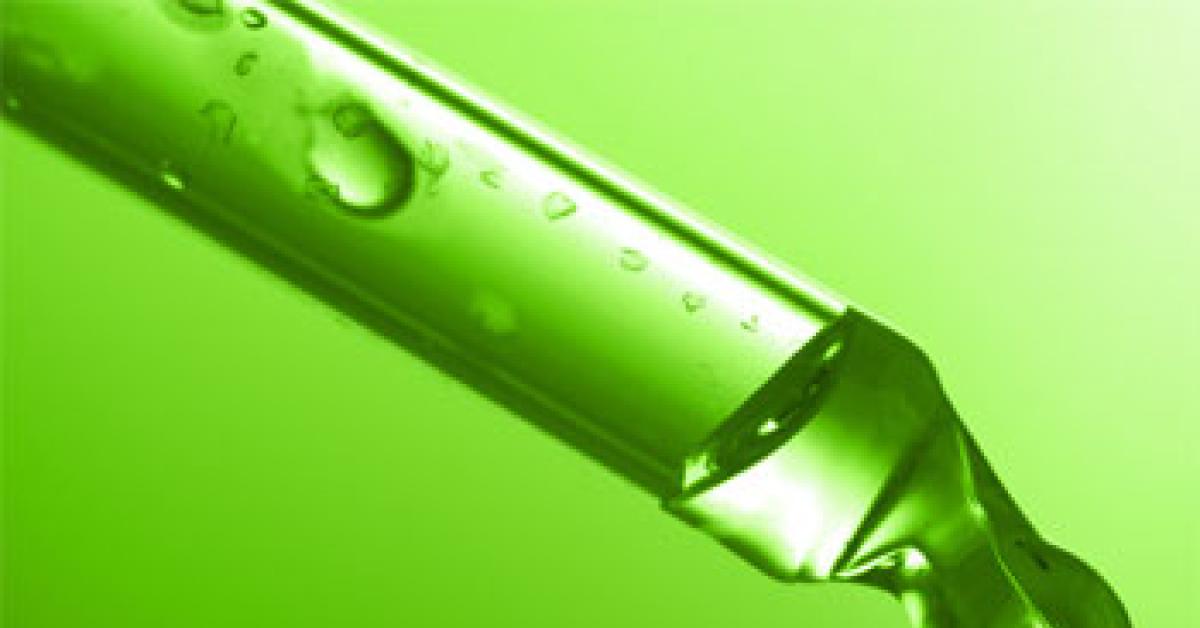CONCORD, N.C. — It is hard enough to keep straight all the chemical tools available for stain removal. It is even harder when names are similar but their application and risk of use are drastically different. The chemicals described in this month’s column are ones that can be easily confused and/or misused.
Amyl acetate is a dry-side solvent or co-solvent used on stains such as paint, ink and glue.
Acetic acid (28%) is a wet-side spotting agent used as a tannin removal agent, a booster to tannin removers and to neutralize alkaline pH from protein spotters, bleaching, and color change from perspiration.
Acetone is a spotting agent available for paint and glue removal, but its use should be extremely limited due to its aggressive effect on acetate and acetate-blended fabrics.
AMYL ACETATE
Amyl acetate is a mildly aggressive dry-side solvent that can be used by itself or as a co-solvent “booster” when the dry-side POG you are using needs help removing the last traces of a stain. Due to the distinctive aroma of amyl acetate, many old-time cleaners/spotters referred to this chemical as “banana oil.”
Contact with surface designs (flocking) and stamp prints should be reduced as much as possible, but amyl acetate is reasonably safe on most dyes. Amyl acetate will not damage fiber unless it is allowed to remain in contact with some synthetics for an extraordinary amount of time, such as overnight. It will damage the polystyrene found in belts and trim.
Amyl acetate is effective on plastic-type stains such as glue, adhesives and nail polish. It is also an excellent choice for removing correction fluid (Liquid Paper).
Testing stain-removal agents before general application is always a good idea, but especially when using amyl acetate. It breaks down most paint, plastic and adhesives very well. You must test a small, concealed area with amyl acetate before using it on plastic beads, plastic sequins, bonded fabrics, stamp prints and flocked designs. Many of these items will tolerate limited contact but damage could occur with exposure of even 30 seconds or less. Use a quick-on, quick-off method.
Use amyl acetate only on the dry side. And always keep in mind that this substance and its vapor are flammable.
ACETONE
Do not confuse acetone with amyl acetate. If you choose to keep acetone on site, store it away from the spotting board, in a place that requires several steps for purposeful retrieval.
Acetone is found in most common nail-polish removers and can be quickly acquired from a nearby drug store or supermarket. Acetone will dissolve acetate fabric—which is commonly used in lining and is blended with other fibers to achieve a desired hard—virtually on contact. Be absolutely sure that neither the garment nor its lining contains acetate before using acetone, then test to be sure you are correct. I have seen many sport coats that have had the surface stain removed by acetone only to then find a large hole in the acetate lining.
There is no better way to attack Super Glue or the glue used for artificial fingernails than acetone, if the fabric will allow its use.
ACETIC ACID
Acetic acid (28%) is a wet-side spotter primarily used to remove tannin stains. A tannin formula can be made, to almost any strength, by mixing acetic acid, distilled water and a small amount of glycerine. Acetic acid can be applied “on top of” a tannin formula, without flushing, to boost the formula’s chemical action. Acetic acid at its full 28% can remove the last traces of a stubborn tannin stain.
When using acetic acid alone as a tannin stain remover, follow standard wet-side protocol of: flushing the area with steam, applying NSD and mechanical action, flushing with steam over the vacuum nose, applying acetic acid and mechanical action, and then flushing the stain over the vacuum nose of the spotting board.
Acetic acid is used to neutralize alkaline residue left behind in garments. This alkaline pH could alter the color of the dye over time. If you choose to spot-bleach the last traces of a stain with 3% hydrogen peroxide or sodium perborate, it is important to neutralize the work area with acetic acid before passing up the garment to be finished. If you choose to use a bleach bath of sodium perborate, the garment should be rinsed three times, with the second rinse containing acetic acid.
Acetic acid can be used in an attempt to reverse some, if not all, of the color change caused by a customer’s perspiration, or even urine. The best way that I have found to control the strength of acetic acid at the spotting board is to place 3 ounces of water in a spare 8-oz. spotting bottle and then add 1 ounce of acetic acid (28%). Adding more acetic acid will increase the strength as necessary.
Customer service goes beyond production speed and price to the area of effort. Making the effort to gain continuing education and to do supplemental stain removal will go a long way toward assuring the success of your business and give you a hefty return on your investment.
Have a question or comment? E-mail our editor Dave Davis at [email protected].

